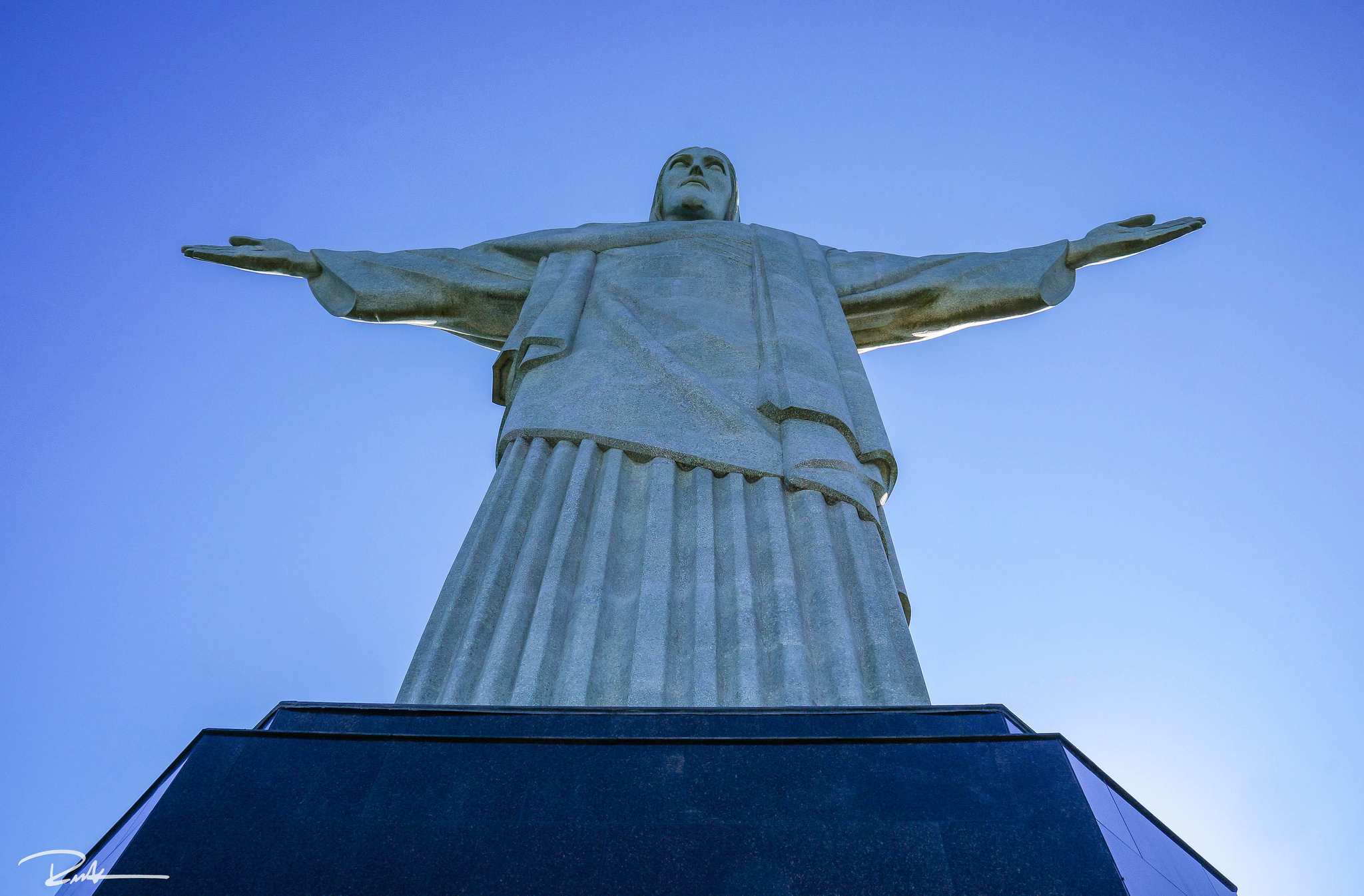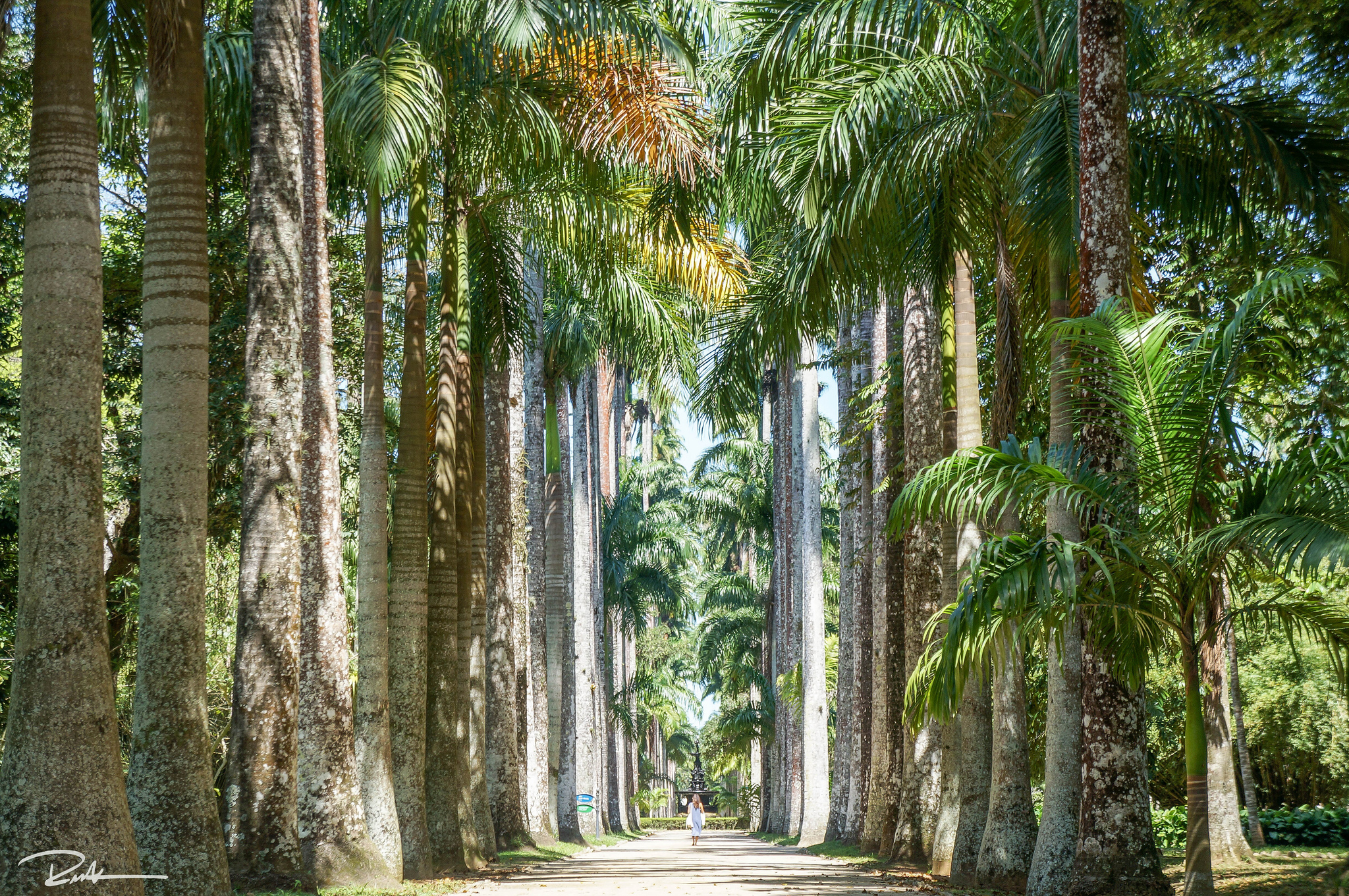How to Visit Skellig Michael: Tips to Help You Get There
/Even though it was a calm and sunny morning, we woke up not knowing if we would be able to land. That week, the swells were quite high around the island and docking could be treacherous.
As part of the Skellig Islands located 12km from mainland, Skellig Michael is an inhospitable, jagged rock covering an area of 44 acres and rising 700 feet from the Atlantic Ocean. It is the larger of the two Skelligs and home to a 1000 year old stone stairway that climbs over 500 steps to a monastic settlement astonishingly perched on its rocky summit.
Only a handful of small boats are allowed daily to make the weather dependent journey of landing on an island where Monks - seeking a life of solitude - settled on the 6th century and built a dry-stone complex of beehive huts and oratories.
The Despised Swells... We May Not Land at All!
The town of Portmagee is located at the edge of the Iveragh Peninsula, providing direct access to the choppy waters of the Atlantic. We had stayed overnight in the heart of the port town, facing a calm pier where several fishing vessels docked.
With the appearance of a sea captain one would find in a book, yet a superb personality, we were greeted in the morning by Pat Murphy from Murphy Cruises. He and other captains were huddled together near the dock discussing the possibilities of landing.
I confess that their talk went a little longer than I had expected and at one point, I believed they would cancel our trip as they had done with many others during that week. Perhaps a change of heart or the swells were less high than anticipated, but they decided that day to take a chance and see if they could land.
I do not know if it is because Pat was the oldest and maybe more experienced, but our boat was the first to leave the calm pier and enter the rough waters of the open ocean. We were really ahead of everyone and almost felt like our boat was testing things out for the others behind us.
I must say that besides being nauseous – I do not do well on boats of any kind – the trip was fantastic. Our small boat seemed like a spec on the immense Atlantic and as the waves grew, the spray of the ocean would drench all of us.
The trip took about 45 minutes and towards the end, we were escorted by a school of brown dolphins. They accompanied us until we reached the immense triangular-like rock that is Skellig Michael.
Climbing the 1000 Year Old Stone Steps
When we arrived, I really believed that we would not land. The water was extremely rough, especially around the small concrete pier at the base of the island. However, after a few minutes of just gazing at it (I believe Pat was strategizing on how to actually land), we went for it.
As Pat steadied the boat against the pier, the waves would rise and fall dramatically making it difficult to leave. With help from personnel on the island, we had to time our jump perfectly in order to make landfall.
After following a newer man-made path, leading from the pier to the base of our climb, we met a very informative guide that gave us a background of island, the importance of its preservation and the perils of exploring it.
Once we started to climb, it quickly became apparent why he emphatically warned us of the journey. In order to hike up the side of the mountain, we had to use over 500 stone steps that were uneven and more than 1000 years old.
Monks had originally built these steps to reach their monastery at the summit.
The climb to the top of Skellig Michael is as beautiful as it is dangerous – the uneven terrain coupled with the strong winds made it a little bit of a challenge. However, the wide ranging views of the blue ocean, the Little Skellig and the rocky shoreline of Ireland were absolutely breathtaking.
Seeing the ecosystem up close made me realize that this island is not just rock, but a combination of rough terrain covered by lush green fields of grass and home to variety of seabirds.
A cluster of igloo-like dwellings, oratories, graves and cisterns for potable water were some of the several structures that we peacefully walked through once we reached inside the monastery walls.
These mortar-free buildings were inhabited by self-sufficient and disciplined monks until the 12th century when they moved to Ballinskelligs on the mainland.
The Way Back and The Smaller Skellig
Home to a variety of seabirds, including one of the largest colonies of gannets - around 27,000 breeding pairs - is the smaller of the two islands, appropriately called Little Skellig.
Back at our boat, we headed to loop the smaller island, which it is anything but trivial when you get really close to it.
Far away, one might think that they are looking at snow covering the entire jagged summit of the island. But that is not snow, it is white excrement left by the enormous population of birds that live there.
The sight is mesmerizing because it is indescribable to witness thousands of birds flying in alarm to our presence and the thousands more perched on its cliffs.
We landed back in Portmagee early in the afternoon, less wet that we had originally thought. Pat was happy and asked everyone if they had enjoyed it. Skellig Michael is an unforgettable place and one of the most stunning areas we visited during our entire time in Ireland.
KEEP IN MIND
How to Get There: Only a number of small boats have a permit to land on Skellig Michael and they usually fit around 12 people each. This limits the number of daily visitors on the island’s fragile ecosystem. Boats depart from certain port towns such as Ballinskelligs and Portmagee around 10:00 am and leave passengers for about 3 hours on their own. After a small tour around the bird-filled Little Skellig, the boats arrive back on mainland mid-afternoon. A visit to the islands can be done while touring the Ring of Kerry. However, you will need to add an extra day to your schedule since the boat trip will last a large part of the day.
How to Catch the Boats: The small port town of Portmagee is a hub for catching boats to Skellig Michael. While there, we saw many tourists visiting the area for the same chance to catch these boats. Scheduling your boat trip ahead of time is certainly recommended. You can do it directly with the boat tour operators (which usually are the boat captains themselves) or like we did, through your B&B – when you book your room, ask if they can reserve you a spot on one of the boats heading to Skellig Michael. However, if you cannot reserve ahead of time, you may still have a chance! While we were sitting on our boat waiting for departure time, we saw quite a few people arriving in town to see if they could catch a boat at the last minute. What happens is that all the sea captains congregate in the marina talking amongst each other and if a certain number of individuals arrive that are not on their roster, they will shuffle them around until all of the boats are filled. They usually depart shortly after that while the sea is not yet treacherous.
Weather Dependent: This trip is tremendously weather dependent… I cannot stress this enough! During our two weeks in Ireland, we met locals that had tried up to eight times and could not go because of last minute inclement weather. This is due to the strong Atlantic gales which can make landing on the island’s only concrete pier extremely difficult.
- Want to see the full trip and plan your next? Check out our Ireland Two Week Itinerary!

























